Editing the survey Content
We tailor the survey to each school placing the name of the school in the descriptions and instructions of both the quality statement and demographic selection sections.
The content of the survey depends heavily on the wording and interrelations between all the elements. When students and faculty make choices and later when others interpret the feedback, the precision with which the questions are posed is purposeful and tightly maintained. That said, the language of inclusivity and identities is both varied and dynamic and we work to respect each school’s choices. Thus, the process allows editing demographic questions and considers inputs on quality statements.
Prior to the survey going live, we will discuss the contents and tailor the survey to your requests. An online version will be loaded which administrators can sample and identify the need for final edits. We will ask for your final approval before issuing the student and faculty survey links for the actual survey administration.
Typically, demographic changes are made to the terminology used to describe individual demographic levels. Political, ethnicity/race, gender, sexual orientation, and learning style are examples of demographics that school administrators have asked to modify, and in some cases, eliminate. Modifying and eliminating levels can be accommodated. Adding levels is not possible.
As it relates to quality statements, the Inclusivity Index has a well-honed process for changes. When changes or improvements are proposed for any of the Upper, Middle, or Lower School surveys’ quality statements, we convene a board consisting of an independent but involved third party from our survey family who is particularly accomplished and interested in the subject, Daniel Harris, who bridges knowledge of the survey with expertise in inclusivity, and Charlie Peters, who represents the research methodology.
